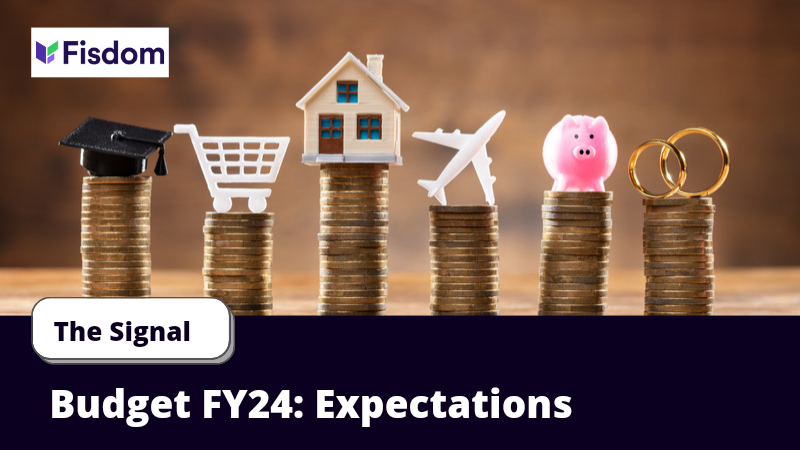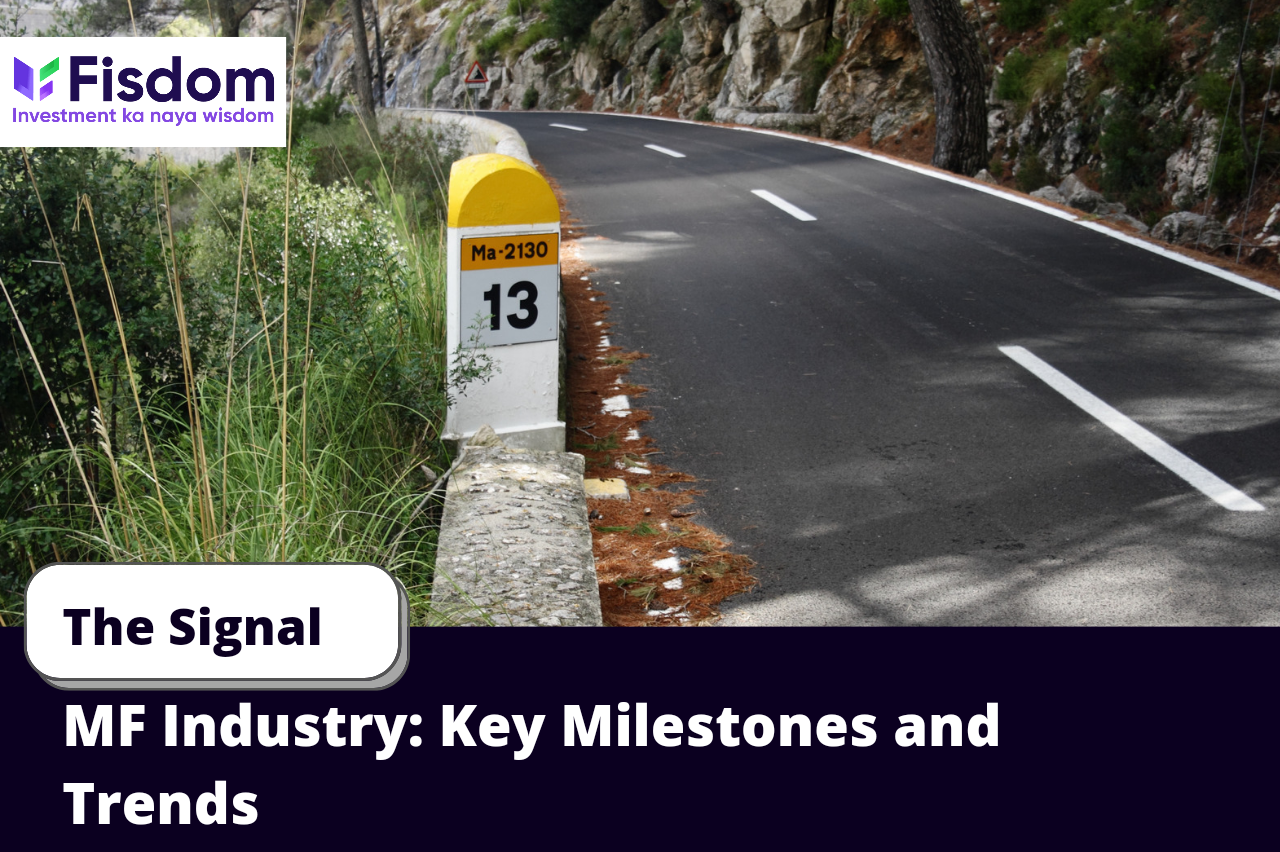

1. Moody’s Makes A New Mood For A New India
India’s Relief Package 2.0 will prioritize manufacturing and job creation, meriting revised positive economic estimates. Moody’s predicts India growth to contract by 10.6% vs -11.5% earlier in FY21 and fall by 10.6% vs -10.8% earlier in FY22. Medium term growth to toggle near 6%.
In making Co-vid becoming Go-vid, India assigns packages and policies with direct and indirect benefits to drive key economic indicators in the present and near future. Playing to its strengths in demography, ‘local maker – global seller’, approach and looser spending budget will help India contain the contaminator and expedite the adoption of New Normal.
2. Health Can Be Wealth If Spending Is Sound
The country’s tight-in-fight approach to Coivd merits an increased spending in healthcare sector to be at forefront from next time round. Pursing PPP model, spending level shall increase from current 0.95% of GDP. Skewed distribution of health infra should be addressed via tactical spending.
Pursing PPP model, spending level shall increase from current 0.95% to 3.-% of GDP by 2025. EU counterparts spend 7-8% of GDP on healthcare & services
Coming out of this trouble bubble has highlighted India’s pain-points in dealing with a health crisis. Ironically, the world’s largest vaccine maker was struck dumbfounded in the wake of the pandemic with Centre & states being credit-&-merit strapped. In learning from post-events of prior decade’s wealth crisis and today’s health crisis, India shall look to increase wallet & land-share for healthcare infra in turning Co-vid to Go-vid.
3. PSUs To Drive Growth By Scaling-up Their Pending
Govt. on track to leverage control in PSU by setting aggressive capex targets to fill the gap in contracted private capex and slashed caped by revenue-starved states. FY22 capex at Rs.4.3 lakh crore to be double of FY21’s Rs.2.04 lakh crore, to negate a 2nd year of negative growth
Economy’s over-reliance on public capex in the near-term garners more momentum as capex from other sources is yet to see revival. Rejuvenated economic indicators, and corp. earnings can see laggard spending come around. However till then, all costs burden is expected to be driven by the caretaker of the country with all fiscal arsenal at its disposal.
4. Revel In Recovery – That’s What The Streets Are Saying
~80% survey sample expect business turnaround in next 12 months, with ~30% tiding over the next 3 months. Festive season enhanced positivity as participants drew plans for consumer discretionary spendings in travel accommodations, renovations and household upgrades via option for loans.
The strength of a nation, from economics to emotions, is drawn from the actions of its individuals and institutions. As fever shifts to fervor, wealth conservation bids adieu and prospects look to align growth and behaviors with that of a country wearing a 4th stage unlock and expanded reliefs.
5. Make In India Is Yet To Take (Place) In India
Manufacturing made up 27.5% of GDP in 2019, lowest in 20 years, showing continuous shrinking of sector Make-in-India push. India is 4th least industrialized countries in Asia. Manufacturing made up 30.0% and 29.3% of GDP respectively in 2014 & 2017, decreasing by 250 bps over 5 years.
Make-In-India flagship program shapes up to be more talk than walk, as it bears lower influence in today’s quick-paced, everything-tech world. As the world looks in India to be next manufacturer of the world, India shall continue taking steps such as PLI schemes, & Ease in Business to facilitate the ‘Make-Local Sell-Global’ approach.



























